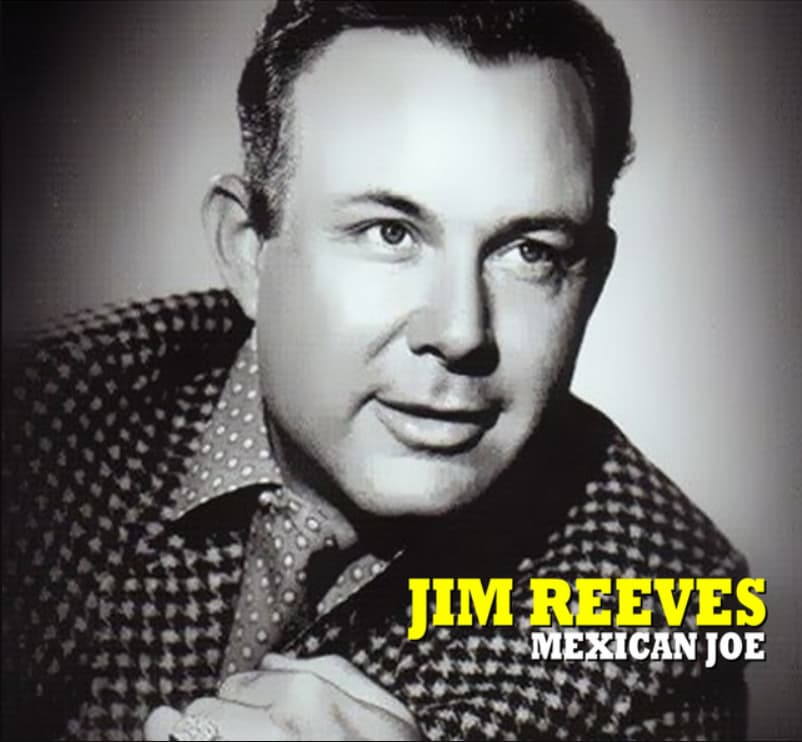
The Gentleman’s Last Word: Why a Song of Resignation Became an Immortal Triumph
The voice of Jim Reeves, that inimitable, velvet baritone that poured out of console radios and jukeboxes throughout the late 1950s and early 1960s, holds a special place in the hearts of those who remember the dawn of the Nashville Sound. His passing on July 31, 1964, in a tragic plane crash near Nashville, was a blow that stunned the music world. Yet, his gentle, captivating presence refused to fade. It was from this very sorrow that some of his biggest hits were born, none more acutely poignant than “This Is It.”
This masterful song, released in February 1965, was more than just a successful single; it was the mournful echo of a legend. It became Reeves’ second posthumous song to soar all the way to No. 1 on the U.S. country singles chart, dominating the top spot for three consecutive weeks and remaining a fixture on the chart for twenty-two weeks in total. Its success demonstrated the deep, enduring connection he maintained with his audience, transcending the boundary of life itself. The record also beautifully crossed over, reaching No. 18 on the “Easy Listening” charts and even touching the main pop chart at No. 88 on the Billboard Hot 100.
The narrative of the song—a man sitting alone, utterly resigned to the end of a relationship he cherished—gains an almost chilling resonance when filtered through the reality of Reeves’ untimely death. Penned by the incomparable songwriter Cindy Walker, who had a long and fruitful association with Reeves, the lyrics are a masterclass in understated sorrow. They aren’t about anger or bargaining; they are about quiet, total acceptance. The narrator states, “Well, this is it, That day is here / The day I knew would come / When you would leave me, dear.” This sense of fatalistic knowledge and weary surrender is what made the song so devastatingly relatable.
Under the direction of legendary producer Chet Atkins, “This Is It” was shaped into the epitome of the Nashville Sound: a seamless, lush production, featuring those signature smooth background vocals and warm, unobtrusive strings. The arrangement perfectly complements Reeves’ conversational, understated delivery, which makes the listener feel as though he is speaking directly and intimately to them.
For those of us who came of age with this music, the release of “This Is It,” followed by other posthumous successes like “Distant Drums” and “Is It Really Over?” (also a No. 1 hit), felt like a continuous, bittersweet conversation with a man who was no longer with us. It was a time when the loss of a public figure, particularly one as beloved as “Gentleman Jim,” felt deeply personal, almost like losing a neighbor or a friend. The song, included on the 1966 album Distant Drums, became an essential part of the soundtrack of that collective grief. It didn’t just top the charts; it gave voice to the sorrow of millions, perfectly encapsulating the finality and the lonely introspection that follow a truly permanent goodbye. It is a four-hundred-word-plus reminder of a time when music didn’t just entertain—it comforted and consoled the soul.